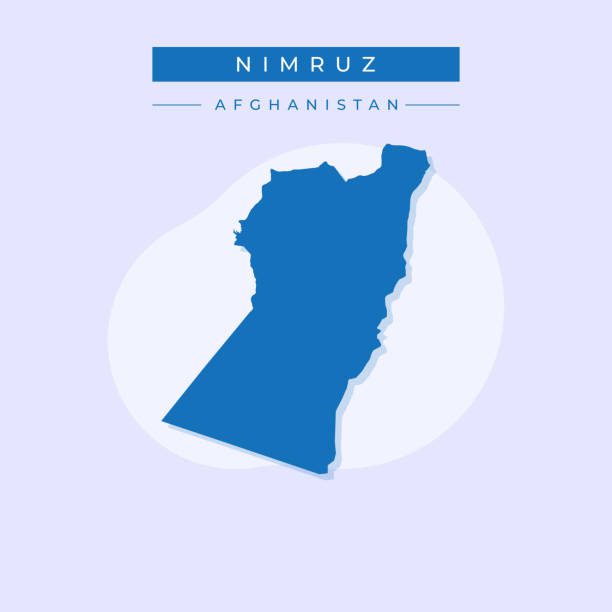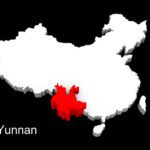The Center for the Scientific Study of Families reports are designed to provide relevant information about the conditional state of families in a specified context. The report provides information such as population, culture, family structure, and family life.
Family reports are an important tool for improving the lives of families. By providing information about the family’s conditional state and context, family reports can help improve communication between families and service providers and lead to better outcomes for families and children.
Introducing Nimroz, Afghanistan
Nimroz province lies to the east of the Sistan and Baluchestan Provinces of Iran and north of Balochistan, Pakistan, also bordering the Afghan provinces of Farah and Helmand. It has a population of about 186,963 people. The province is divided into five districts, encompassing about 649 villages.
The capital of Nimroz (also spelled Nimruz) is the city of Zaranj. Zaranj is a small city with a population of about 50,000 people. It is a major trade and transit hub for the region, and is also home to a number of government offices and military bases.
The economy of Nimruz is based on agriculture, livestock, and trade. The province is home to a number of important agricultural products, including wheat, barley, cotton, and dates. Livestock is also an important part of the economy, and the province is home to a large number of sheep, goats, and camels. Trade is also important, and the province is a major transit point for goods between Iran, Pakistan, and Afghanistan.
Nimruz is a remote and underdeveloped province, and it has been affected by conflict and instability for many years. The province was a stronghold of the Taliban during the 1990s, and it was also the site of heavy fighting during the US-led invasion of Afghanistan in 2001. The province remains a volatile region, and it is often affected by insurgent activity.
Cultural and Ethnic Diversity
The Naval Postgraduate School provides an ethnic breakdown of Nimroz province:
Baloch: The Baluch are the majority ethnic group in Nimroz, making up around 60% of the population. They are a tribal people who have a long history in the region. The Baluch language is the most widely spoken language in Nimroz.
Pashtuns: The Pashtuns are the second largest ethnic group in Nimroz, making up around 25% of the population. They are a major ethnic group in Afghanistan, and they are also found in neighboring countries such as Pakistan and Iran. The Pashto language is also widely spoken in Nimroz.
Brahuis: The Brahuis are a small ethnic group in Nimroz, making up around 5% of the population. They are a tribal people who are also found in neighboring Pakistan. The Brahui language is closely related to the Baloch language.
Tajiks: The Tajiks are a small ethnic group in Nimroz, making up around 5% of the population. They are a major ethnic group in Afghanistan, and they are also found in neighboring countries such as Tajikistan and Uzbekistan. The Tajik language is closely related to the Persian language.
Uzbeks: The Uzbeks are a small ethnic group in Nimroz, making up around 2% of the population. They are a major ethnic group in Afghanistan, and they are also found in neighboring countries such as Uzbekistan and Turkmenistan. The Uzbek language is closely related to the Turkish language.
Cultural practices, languages, and social norms may vary among these groups, reflecting their unique histories and interactions with neighboring regions. Additionally, the province’s proximity to Iran and Pakistan has likely influenced cultural exchange and cross-border interactions among these groups.
Family Demographics
Many Afghan families, including those in Nimroz, often follow an extended family structure where multiple generations live together under one roof. This includes grandparents, parents, and children. Extended families provide social support and share responsibilities. In Nimroz specifically, the average household size was about 8 people in 2010. Specific statistics regarding marriage and divorce rates were not available when this report was written.
The family structure of the different ethnic groups in Nimroz is also somewhat different. Baluch families are typically patriarchal, with the father being the head of the household. Pashtun families can be either patriarchal or matriarchal, depending on the clan. Tajik families are typically more egalitarian, with both the husband and wife having equal say in decision-making.
The literacy rate is roughly 20%, and it is higher for men than women. Although many girls’ schools are closed throughout the province, residents are calling for change. A 2023 news report shows that students and parents are urging the government to reopen the schools and reallow girls to attend university.
Conclusion
Families in Nimroz are facing significant challenges, but they are also resilient and resourceful. They have a strong sense of community and they are committed to providing for their children. Families are the foundation of society in Nimroz, and they play a vital role in the region’s recovery and development.





